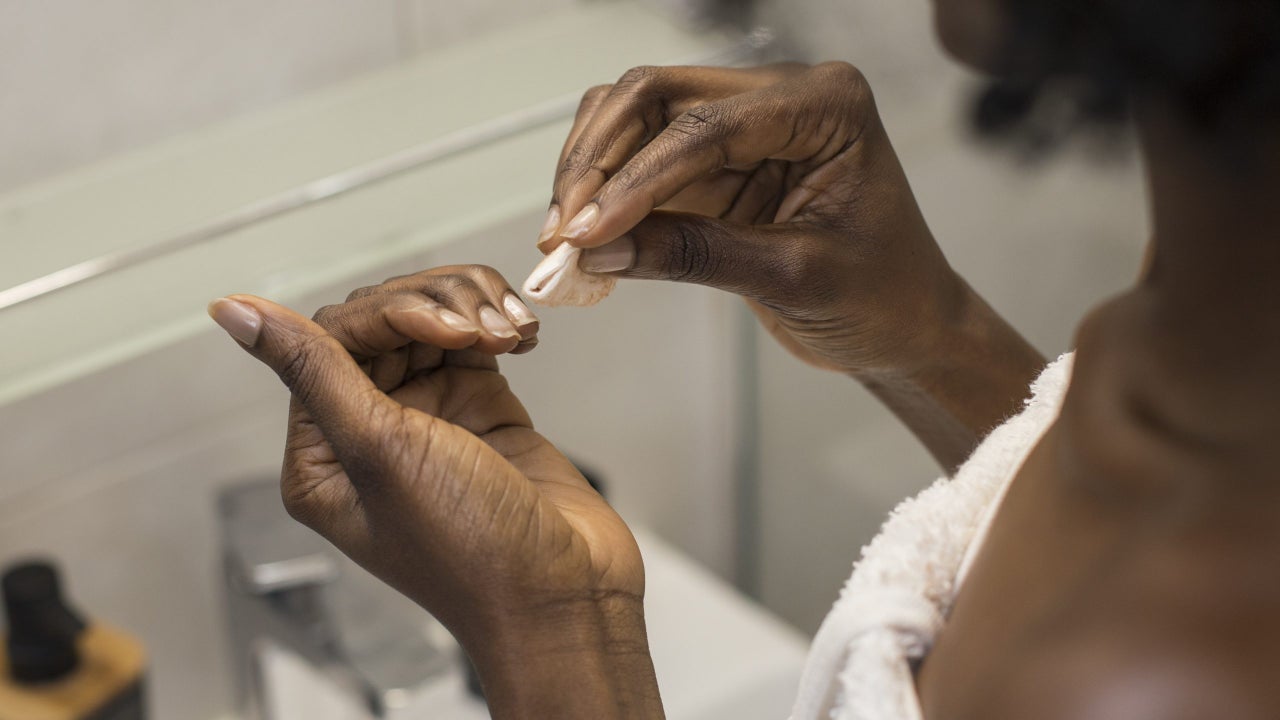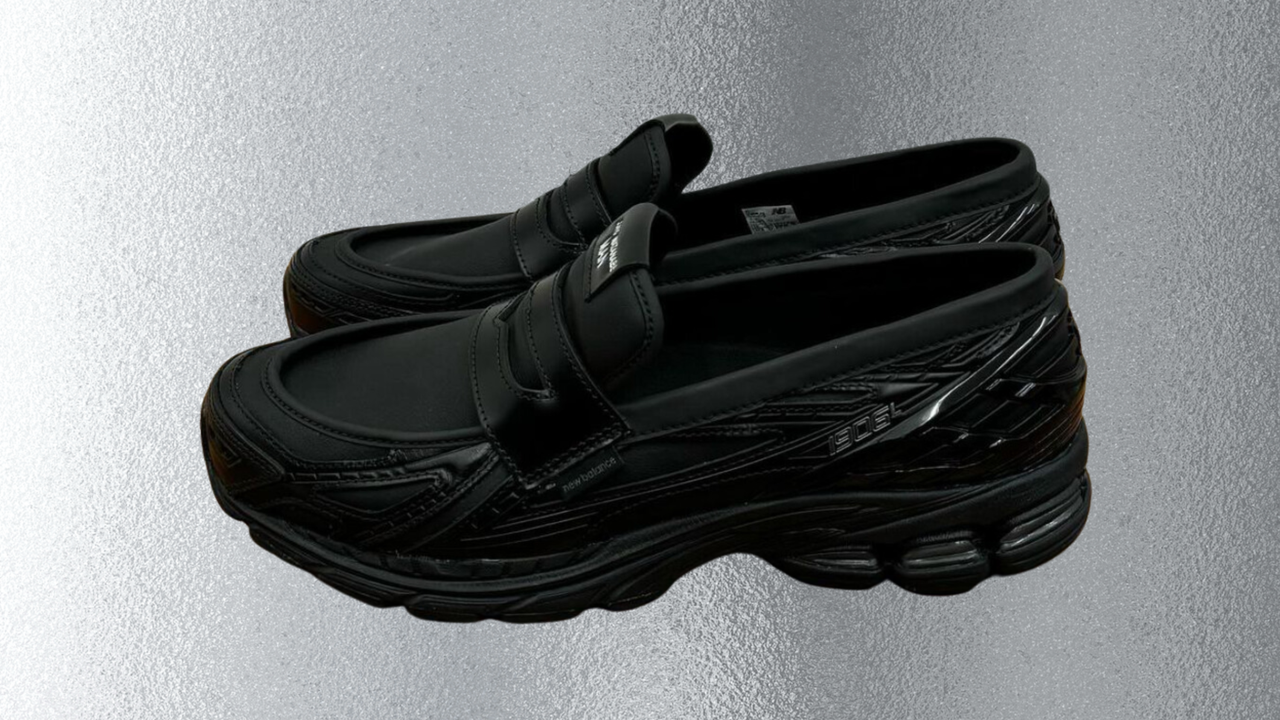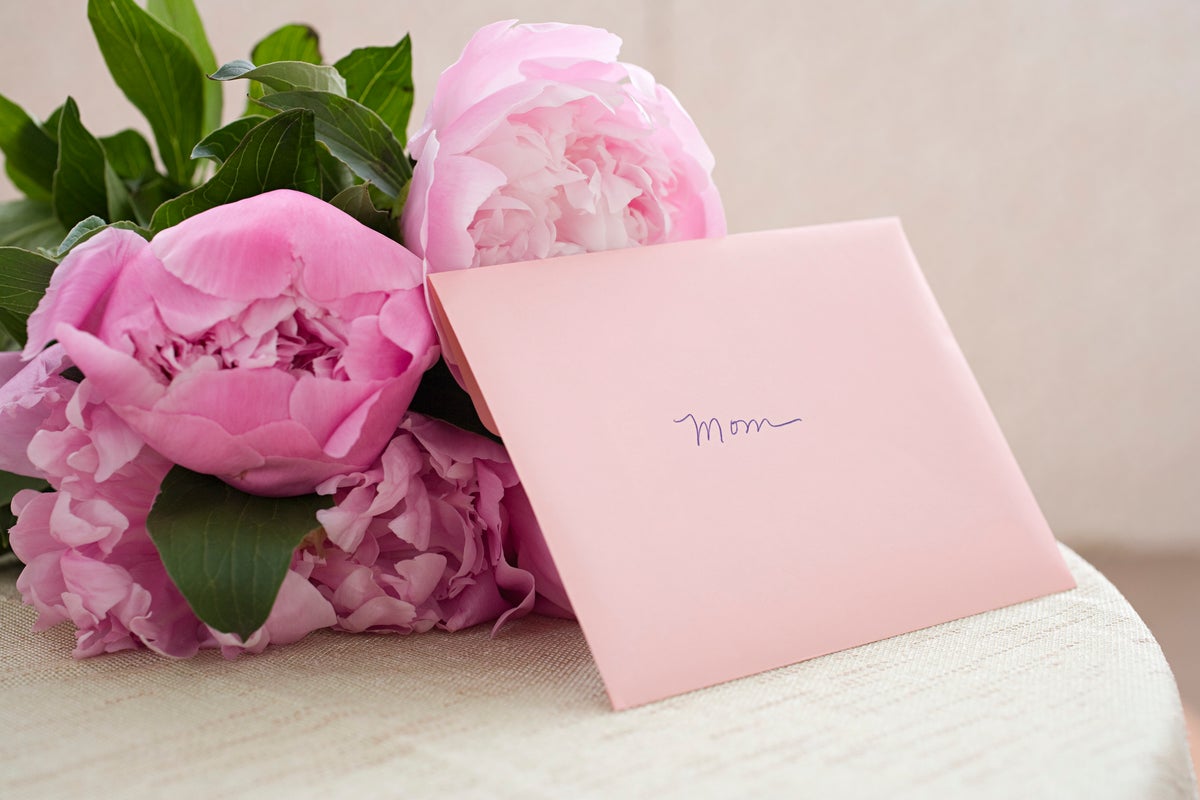
Spring is mani-pedi season. Whether you’re opting for micro-French tips or dainty nail designs, your nail appointment is arguably the most important date of the week. And once the detailed flowers on your nail bed start to look like an overgrown garden, it’s time to take them off.
“Nails should always be removed properly,” celebrity manicurist Rose Hackle tells ESSENCE. “The best way to safely remove your nail enhancement is to have a nail tech that cares about your real, natural nail underneath.” However, if time is limited, you may find yourself searching through the bathroom cabinets to remove your gel enhancements at home.
Below, Hackle explains the safest way to remove your gel nail enhancements.
What are gel nail enhancements?
Whether you have a Gel-X manicure or gel pedicure, removing the gel requires more than just a swipe of nail polish remover. According to OPI, a gel manicure is a coat of colored gel designed to look similar to regular nail polish. The difference is, gel has a glossier finish and is cured under UV light, making your manicure last up to three weeks. When applied to your natural nail, your nail technician may first add a nail primer (to raise your nail’s PH for optimal adhesion) then bond adhesive (to hold the gel on longer) before painting on your color.
Gel is also used as a nail extension alternative to traditional acrylics. Aprés Gel-X™ is a soft gel nail extension system with a more lightweight, natural-looking appearance and drill-free removal process. The nails are also pre-shaped, so no filing is needed. But you do have to install a new set every few weeks because they can’t be filled in. Unlike hard gel, soft gel can be soaked off, which is the safest method of removal, according to Hackle.
How to remove gel enhancements
File off top layer
Professionals agree removing your gel nail enhancement at the nail salon is the safest method. However, “if you must take them off at home, [first] use a file to scratch off the shiny layer from your enhancements,” Hackle says. The coarse nail file will roughen the surface, breaking the gel seal so the soak-off process can remove the cured gel quickly and easily.
Soak in acetone
As you may have noticed at the nail salon, technicians often wrap the client’s finger tips in acetone-soaked cotton covered with aluminum foil. According to the AAD, you should apply a thin layer of petroleum jelly to your cuticle and surrounding skin to protect from drying acetone when removing at home. Hackle recommends you “soak in acetone for 10-15 minutes” by soaking cotton and wrapping it around your nails. To hold the cotton on the nail, it is also recommended you use plastic wrap instead of foil for a non-drip soaking process. It may be easier to work on one hand at a time as well.
Use a cuticle pusher
Instead of using a removed nail extension to pry off others or scraping gel polish off of your natural nail, “use a cuticle pusher to push the product off of the nail plate,” she says. It is important to avoid damaging your nail plate or breaking your natural fingernails during removal, especially if you plan on booking an appointment for a new set. The goal is to remove the gel in the safest way possible, which requires intentional nail care throughout every step.
Repeat
“Remove what will come off, and repeat the process until fully removed,” she says. “Never try to remove all of the product in one pass.” From filing to soaking and pushing, all of the gel may not come off in the first soak. If it doesn’t, rewrap the nail in 100% acetone-soaked cotton and let the formula continue to break down the bonding until all of it is removed.
Apply cuticle oil
After the nails are removed and your hands are washed, “do not forget to apply cuticle oil during and after this process as it’s extremely drying,” Hackle says. The oil and vitamins will not only help hydrate dry, distressed cuticles but also restore your nail bed and fingertips (which were left dry behind polish for the past three weeks). This step is vital to your natural nail health.
What to avoid during removal
“Do not use your nails as tools,” she warns. “Nails are a luxury and you should treat them as such.” Think of them as a designer bag. You should also avoid over-filing your nails which can make your nail bed thin and weak, and nails more brittle and prone to breaking. “Overdrilling the nail plate is the most damaging thing you can do,” she says. “Soaking is always recommended.”
Post-removal nail care
Now that your nail enhancements are soaked off, taking care of your natural nail is key to healthy post-removal. “You care for your natural nails best by filing away corners so you can avoid chipping and breaking,” she says, adding that it is healthiest to file them into a round shape. “Apply cuticle oil daily,” she adds. Not just to the cuticle either, but also under the nail and on the nail bed as well. “Your nails can chip because they’re too dry.”







